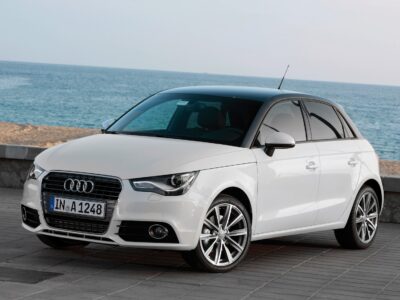
Is Honda Jazz Automatic a Good Car? A Complete Review
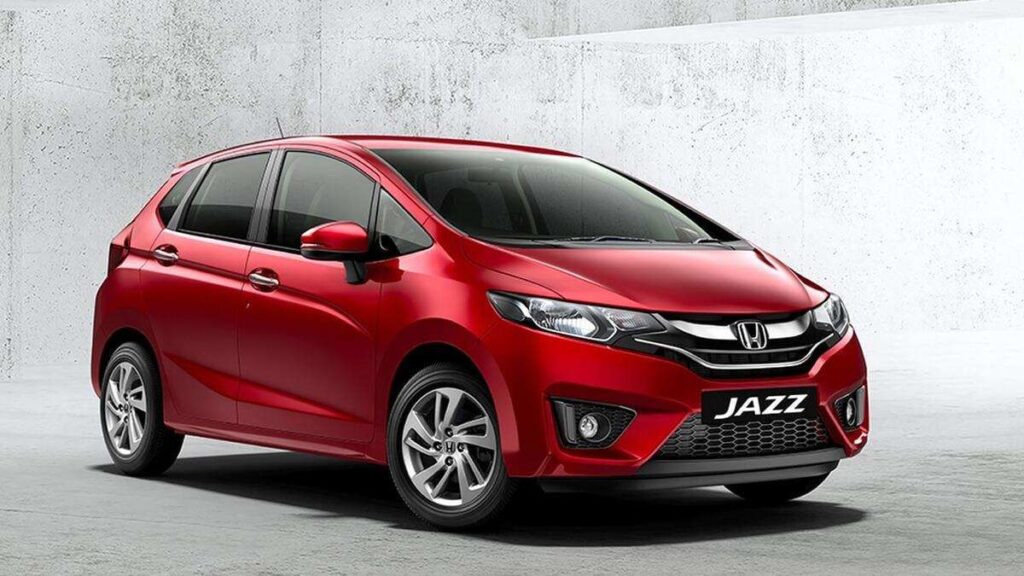
When it comes to compact cars, few names evoke as much respect and trust as the Honda Jazz. Known for its clever packaging, remarkable reliability, and user-friendly driving dynamics, it’s no surprise the automatic version of the Jazz has become a fan favorite. But is the Honda Jazz automatic truly a good car — or merely a practical choice wrapped in a familiar badge?
Let’s dive deep into what makes the automatic Honda Jazz tick — from performance and comfort to real-world fuel economy and ownership satisfaction.
Few hatchbacks have enjoyed the kind of loyal following the Honda Jazz has earned. Since its debut in the early 2000s, the Jazz has been the go-to choice for city drivers who value reliability, space efficiency, and easy maneuverability.
The automatic Honda Jazz takes this legacy one step further — offering effortless driving in both urban and highway environments. Whether you’re a commuter, a retiree, or a first-time driver, its simplicity makes every trip smoother.
- Why the Automatic Version Matters
- Engine and Transmission Overview
- CVT vs i-Shift: Which Jazz Do You Have?
- Driving Experience: Smoothness and Response
- Fuel Efficiency: The Jazz Advantage
- Interior Quality and Comfort
- Technology and Infotainment
- Practicality: Space, Boot, and Versatility
- Reliability and Longevity
- Maintenance and Running Costs
- Common Issues with the Automatic Jazz
- Safety Ratings and Features
- Resale Value and Market Demand
- Who Is the Jazz Automatic Best For?
- Verdict: Is the Honda Jazz Automatic a Good Buy?
- FAQs
Why the Automatic Version Matters
In cities where traffic is an everyday battle, the automatic transmission has become a lifesaver. The Jazz’s automatic variant eliminates the hassle of clutch control, letting drivers glide through congestion with ease. But it’s more than convenience — Honda has designed its automatic system to be efficient, reliable, and durable.
If you’ve ever wondered whether the Jazz loses its charm when automatic, you’re not alone. The truth is, it doesn’t — it simply adapts to a modern lifestyle.
Engine and Transmission Overview
Honda offers the Jazz automatic with a range of engines depending on model year and region:
| Generation | Engine | Transmission Type | Power Output | Torque |
|---|---|---|---|---|
| 1st Gen (2002–2008) | 1.4L i-DSI | CVT / i-Shift | 83 hp | 119 Nm |
| 2nd Gen (2008–2014) | 1.2L / 1.4L i-VTEC | CVT | 99 hp | 127 Nm |
| 3rd Gen (2015–2020) | 1.3L / 1.5L i-VTEC | CVT | 102 hp | 134 Nm |
| 4th Gen (2020–Present) | 1.5L e:HEV Hybrid | e-CVT | 109 hp (combined) | 253 Nm (electric) |
The CVT (Continuously Variable Transmission) is the standout option here. It delivers linear acceleration, improved fuel economy, and smoother shifts compared to traditional automatics.
CVT vs i-Shift: Which Jazz Do You Have?
Before praising or blaming the Jazz automatic, it’s important to know which transmission your model uses:
- CVT (Continuously Variable Transmission):
- Smooth acceleration
- No noticeable gear shifts
- Best for comfort and economy
- i-Shift (Automated Manual Transmission):
- Feels jerky at low speeds
- Uses a manual gearbox with robotic controls
- Less refined than CVT, but cheaper to maintain
If you own a 2006–2008 Honda Jazz, chances are it’s the i-Shift, which some drivers find less pleasant. From 2009 onwards, Honda returned to CVT, and that’s when the Jazz automatic truly became a joy to drive again.
Driving Experience: Smoothness and Response
Driving the automatic Honda Jazz feels natural and relaxed. The steering is light, visibility is excellent, and the car’s compact footprint makes it ideal for tight parking spaces.
Acceleration isn’t sports-car quick, but it’s smooth and predictable — perfect for city driving. On highways, the Jazz remains composed, though at higher speeds, the CVT may generate a steady hum due to its gearless design.
Highlights of the Drive
- Effortless stop-and-go traffic handling
- Predictable throttle response
- Tight turning radius for easy maneuvering
- Excellent ride comfort for a compact car
Fuel Efficiency: The Jazz Advantage
One of the strongest suits of the Honda Jazz automatic is its fuel economy. Honda’s CVT is engineered to keep the engine at optimal revs, ensuring maximum efficiency.
You may be interested in reading Is Honda Jazz a Good First Car? A Friendly Yet Expert Guide
Is Honda Jazz a Good First Car? A Friendly Yet Expert Guide| Engine | Transmission | Average MPG (UK) | L/100 km (Approx.) |
|---|---|---|---|
| 1.3L CVT | Automatic | 52–58 mpg | 4.9–5.4 |
| 1.5L CVT | Automatic | 47–53 mpg | 5.3–6.0 |
| 1.5L e:HEV Hybrid | e-CVT | 60–65 mpg | 4.3–4.7 |
If saving fuel and reducing running costs are priorities, the Jazz automatic ranks among the most economical small cars available.
Interior Quality and Comfort
Step inside the Jazz and you’re greeted with a surprisingly spacious cabin. The upright dashboard design, wide windscreen, and airy feel make it seem larger than it really is.
Key Interior Strengths
- High seating position improves visibility
- Supportive seats suitable for long drives
- Clever use of storage cubbies and cupholders
- Magic Seats allow multiple cargo configurations
Honda’s Magic Seats are truly ingenious. Fold the rear seats flat for a flat cargo floor or flip them up vertically to fit tall items — like bicycles or houseplants. Few cars in this segment match that flexibility.
Technology and Infotainment
Depending on the model year, the Jazz automatic includes a variety of tech features:
- Touchscreen infotainment system with Apple CarPlay / Android Auto
- Bluetooth connectivity and USB ports
- Rear-view camera for easy parking
- Automatic climate control
- Smart keyless entry and push start
Newer hybrid models even include Honda Sensing, a suite of driver aids that makes the Jazz feel more premium than its size suggests.
Practicality: Space, Boot, and Versatility
If there’s one thing the Honda Jazz does better than almost any rival, it’s practicality.
| Area | Measurement |
|---|---|
| Boot Space (Seats Up) | 304–354 litres |
| Boot Space (Seats Down) | Up to 1,205 litres |
| Rear Legroom | 997 mm |
| Width (Interior) | 1,450 mm |
Despite its compact size, the Jazz can rival many crossovers in storage capability. The flat load floor and low boot lip make loading heavy luggage or groceries effortless.
Reliability and Longevity
Honda’s reputation for reliability shines brightest in the Jazz lineup. Owners consistently report minimal mechanical issues, especially in CVT-equipped models. Properly maintained, a Jazz automatic can easily exceed 200,000 miles (320,000 km) without major issues.
Why the Jazz Lasts So Long
- Simple, robust engine design
- Proven CVT technology
- High-quality components
- Strong dealer service network
The hybrid version adds another layer of dependability, with its electric motor designed to assist rather than replace the petrol engine, easing long-term wear.
Maintenance and Running Costs
Owning a Honda Jazz automatic is refreshingly affordable. Typical annual maintenance includes oil changes, filter replacements, and CVT fluid service every 25,000–30,000 miles.
Typical Costs (UK Average)
| Service | Estimated Cost |
|---|---|
| Oil & Filter Change | £100–£130 |
| CVT Fluid Replacement | £80–£120 |
| Front Brake Pads | £120–£160 |
| MOT & Inspection | £50–£70 |
Insurance premiums are low thanks to its modest engine size and top safety ratings. Combine that with strong fuel economy, and you have one of the cheapest cars to run in its class.
Common Issues with the Automatic Jazz
Even the best cars have a few quirks. Here are known automatic Jazz issues over the years:
- Juddering at low speeds: Often due to worn CVT fluid; a simple fluid change usually fixes it.
- i-Shift jerkiness: A limitation of older automated manuals.
- Software calibration issues: Resolved in later models.
- Hybrid battery maintenance: Rarely fails, but replacement can be costly after 10+ years.
Thankfully, these issues are infrequent, and Honda’s dealer network is experienced in addressing them promptly.
You may be interested in reading Is Honda Jazz a Good First Car? A Friendly Yet Expert Guide
Is Honda Jazz a Good First Car? A Friendly Yet Expert Guide Top 10 Best Alternatives to the Honda Jazz Hybrid (2025 Guide)
Top 10 Best Alternatives to the Honda Jazz Hybrid (2025 Guide)Safety Ratings and Features
The Jazz has always scored high in safety tests. Euro NCAP awarded it five stars in multiple generations.
Standard Safety Features Include:
- ABS and EBD
- Multiple airbags (front, side, curtain)
- Stability Control (VSA)
- Hill Start Assist
- Lane Departure Warning (on newer models)
- Collision Mitigation Braking System
This makes the Jazz automatic not just convenient, but also a secure choice for families and daily commuters.
Resale Value and Market Demand
The Jazz enjoys exceptional resale value thanks to its reliability and practicality. Even 10-year-old automatics retain solid market prices.
| Model Year | Typical Used Price (UK) |
|---|---|
| 2010–2013 | £3,000–£5,000 |
| 2014–2017 | £6,000–£9,000 |
| 2018–2021 | £10,000–£14,000 |
| 2022+ Hybrid | £18,000+ |
It’s a car people hold on to — and when they do sell, buyers line up quickly.
Who Is the Jazz Automatic Best For?
The Honda Jazz automatic is ideal for:
- City drivers who value ease and visibility
- Older drivers who prefer a comfortable, stress-free ride
- Families needing flexible seating and boot space
- Eco-conscious commuters choosing the hybrid
- New drivers seeking confidence behind the wheel
It’s not flashy, but it’s smart, dependable, and enduring — a true “buy it and forget it” car.
Verdict: Is the Honda Jazz Automatic a Good Buy?
So, is the Honda Jazz automatic a good car? Absolutely.
It combines Honda’s bulletproof reliability, smart design, and ease of use into one charming package. It may not thrill speed enthusiasts, but for everyday practicality, it’s one of the most complete small cars on the road.
If you want a compact hatchback that feels big inside, sips fuel, and almost never breaks down — the Honda Jazz automatic deserves a spot on your shortlist.
FAQs
1. Is the Honda Jazz automatic reliable?
Yes, it’s among the most reliable small cars ever built. CVT models in particular have an excellent track record for durability and longevity.
2. Does the Honda Jazz automatic use a lot of fuel?
No, it’s highly fuel-efficient. Expect between 50–60 mpg, depending on driving conditions and engine type.
3. Is the automatic Jazz better than the manual?
For city driving, absolutely. The automatic is smoother, easier, and reduces fatigue in traffic.
4. Are there any issues with the automatic gearbox?
Early i-Shift models were less refined, but the newer CVT versions are silky-smooth and very reliable.
You may be interested in reading Is Honda Jazz a Good First Car? A Friendly Yet Expert Guide
Is Honda Jazz a Good First Car? A Friendly Yet Expert Guide Top 10 Best Alternatives to the Honda Jazz Hybrid (2025 Guide)
Top 10 Best Alternatives to the Honda Jazz Hybrid (2025 Guide) Hyundai i10 1.1 CRDi (71 Hp) – Top Speed, Performance & Full Specifications
Hyundai i10 1.1 CRDi (71 Hp) – Top Speed, Performance & Full Specifications5. Which Honda Jazz automatic should I buy?
If budget allows, go for the 2020+ hybrid model — it blends electric efficiency with proven petrol reliability.
If you want to know other articles similar to Is Honda Jazz Automatic a Good Car? A Complete Review you can visit the category Blog.
Deja una respuesta

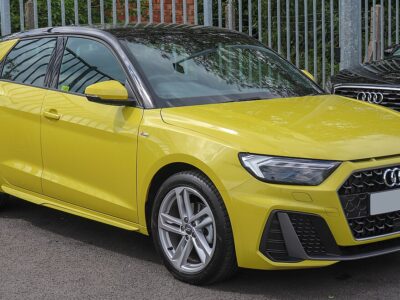

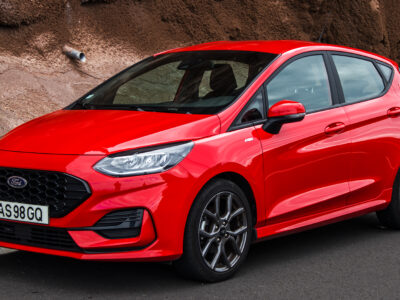
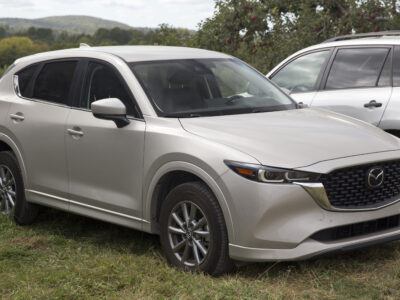
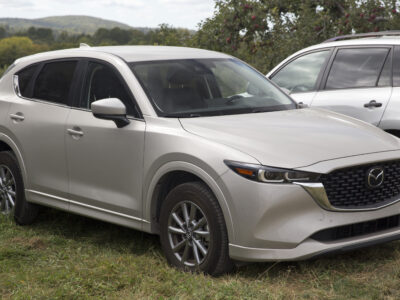
More content of your interest